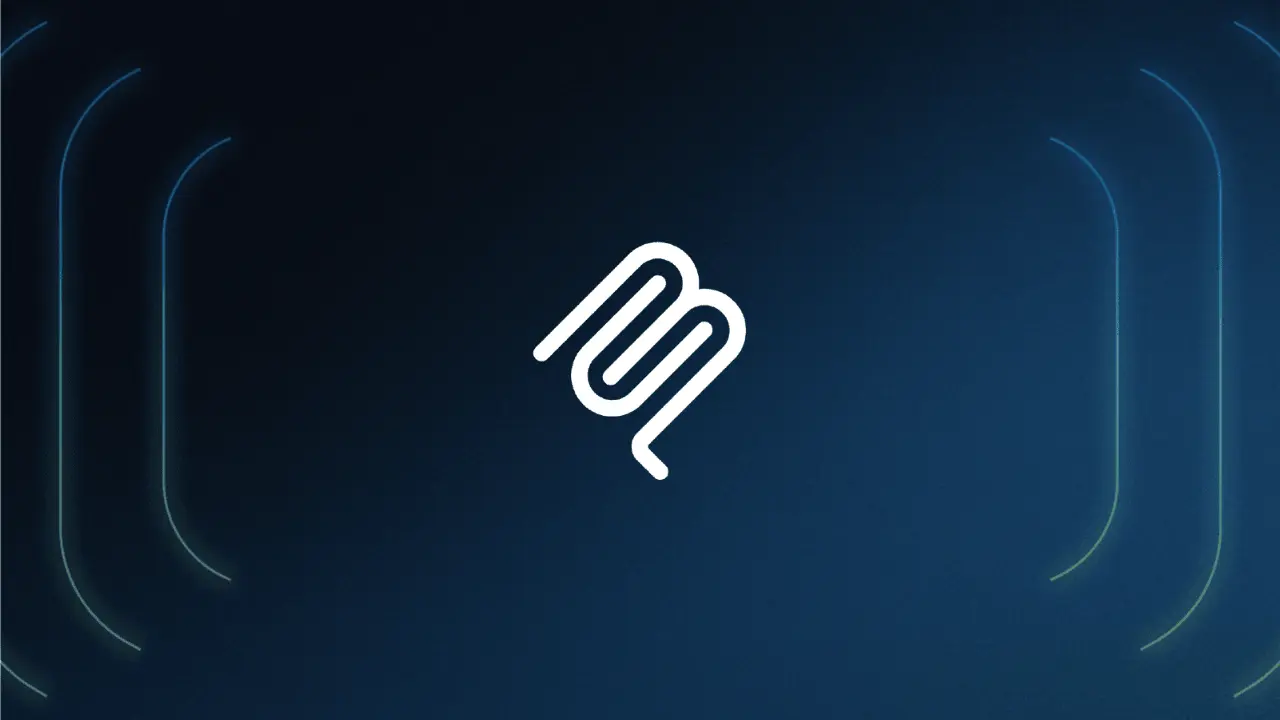get in touch
We love to hear from you
General inquiry or got a project idea? There is no better time than NOW.

INDIA
501, Runway Heights, Rajkot, Gujarat.
+91 78598 88311

CANADA
470 Sentinel, North York, M1J2V6
+1 (437) 838-7383

AUSTRALIA
159-175 Church Street
Parramatta, NSW 2150,Australia
+61 2 8026 1746

UNITED KINGDOM
C3 Phoenix Industrial Estate
Harrow HA1 2SP, United Kingdom
+44 7834 784168

